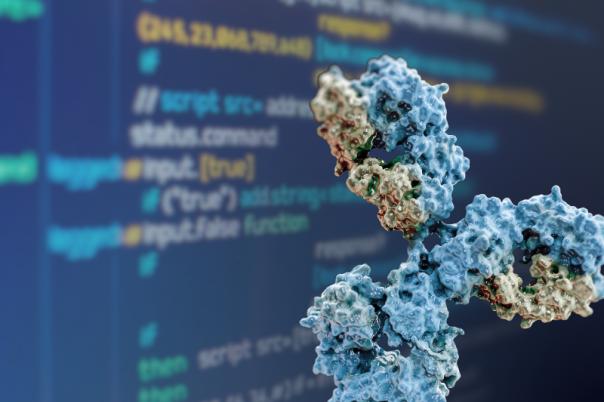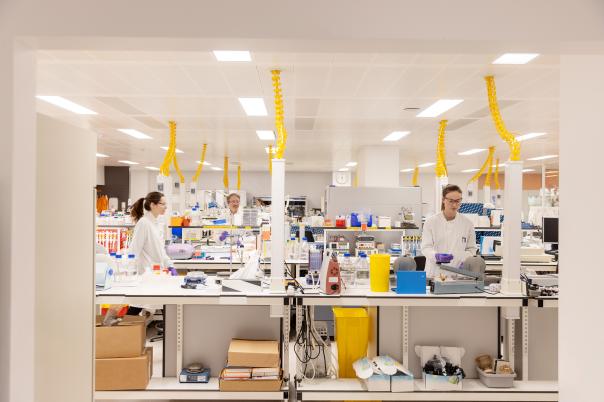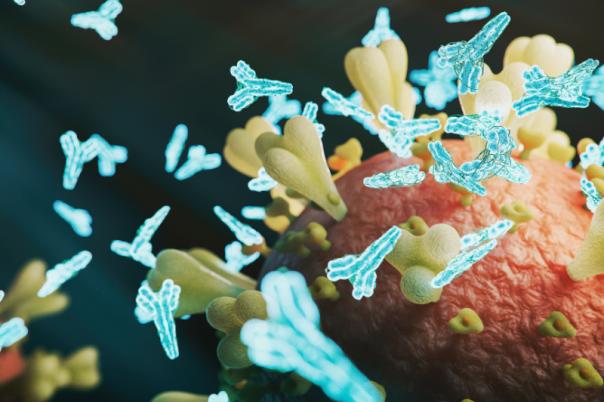LAVA Therapeutics is focused on targeting gamma 9 delta 2 T-cells to widen their therapeutic application and mitigate the limitations of first-generation T-cell engagers. Hans Van Der Vliet, Chief Scientific Officer at LAVA Therapeutics, stated that gamma delta T cells make up 10% of total T cells and approximately 95% of T cells in peripheral blood.
One of the main limitations of traditional approaches to T cell engagers is that cells were either systematically activated or administered without a specific targeting moiety to make the cells go to the tumour. So, the goal is to create bispecific engagers that target T cells to the tumour more specifically.
Lava therapeutics has developed bispecific VHH molecules that target CD1d and gamma delta T cells, aiming to activate these cells and direct them to tumour sites for more effective cancer immunotherapy. CD1d is an MHC class-1 related glycoprotein best known for its ability to present lipid antigens to NKT cells. Van Der Vliet mentioned that NKT cells exert direct anti-tumour effects but also produce significant amounts of cytokines that can drive the activation of other immune cell components and engage with dendritic cells that express CD1d to induce their maturation. LAVA’s bispecific VHH targeted CD1d and gamma delta T cells, activating gamma delta T cells and type 1 NKT cells while blocking type 2 NKT cells.
In vivo models showed strong antitumour effects when combining the bispecific engager with immune effector cells. Furthermore, non-human primates showed a good safety profile with no clinical signs of toxicity. Van der Vliet said: “From a PD point of view, we could detect binding of the compound to gamma delta T cells, an early drop after administration with recovery and signs of activation of these cells. Importantly, normal CD1d expressing cells like B cells and monocytes were not affected because numbers remain stable over time.”
CD1d is overexpressed on the surface of various human tumours including CLL, multiple myeloma, and AML. Encouraged by earlier success, Van Der Vliet and his team decided to conduct a Phase I study of LAVA-051 in CLL and MM in patients. The study showed initial promise with preliminary signs of anti-tumour activity but was unfortunately discontinued as a result of recruitment issues.
However, the addition of Lenalidomide worked well to boost LAVA-051 activation and expansion of gamma delta T cells. Although this work is in the initial phases, experiment data showed that CD1d is expressed by multiple solid malignancies, and the molecule can remodel the tumour microenvironment by affecting CD1d suppressor cells.
In a nutshell, there is a scientific and clinical rationale for targeting gamma delta T cells instead of the total T cell population. Lenalidomide played an essential role in promoting the activation of gamma delta T cells, with further research this could become an important therapeutic in oncology. LAVA's pipeline includes ongoing partnerships with Pfizer and J&J targeting various tumour types, showing their commitment to collaboration.





